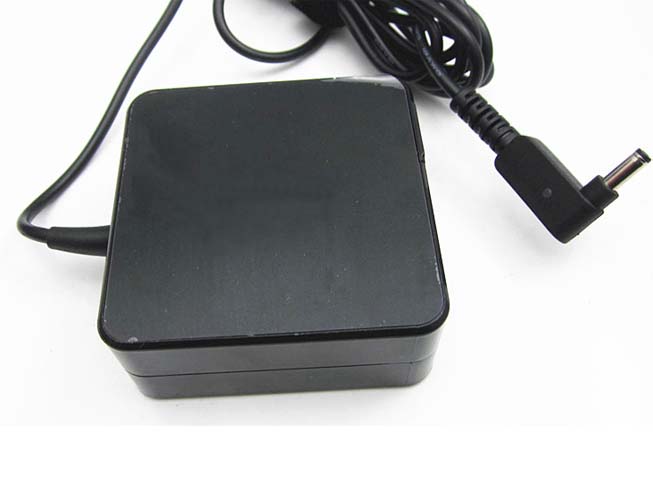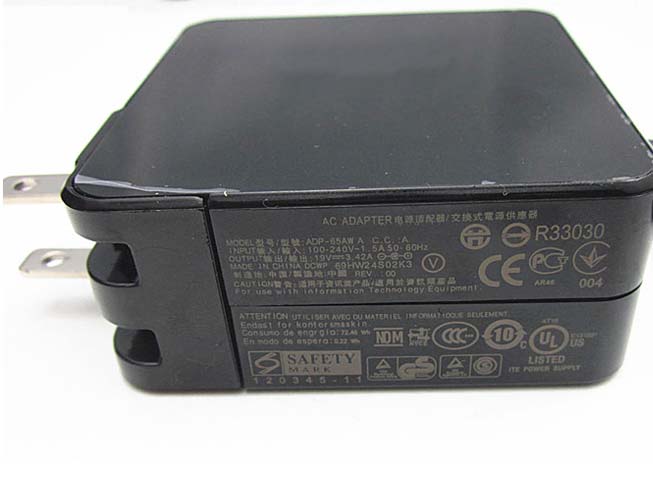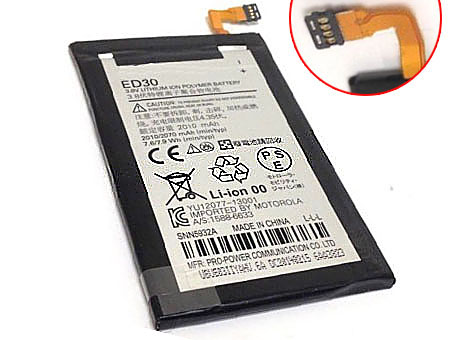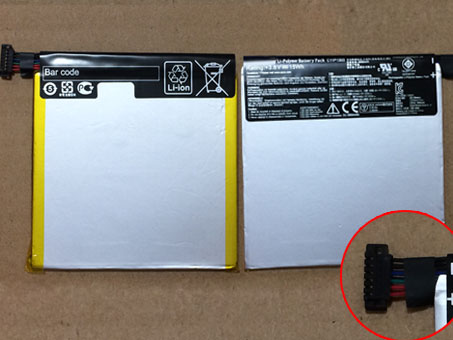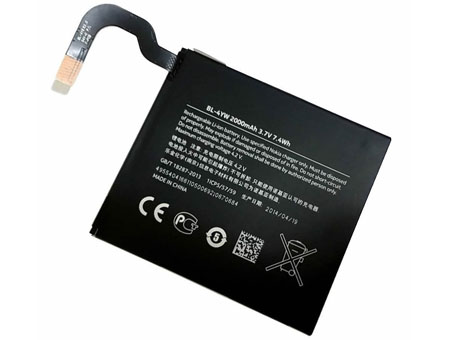Buy ASUS 65W Power Adapters at our online store(UK) with the best after-sales service. Deals for high quality ASUS 65W Adapter
New Replacement ASUS 65W Adapter
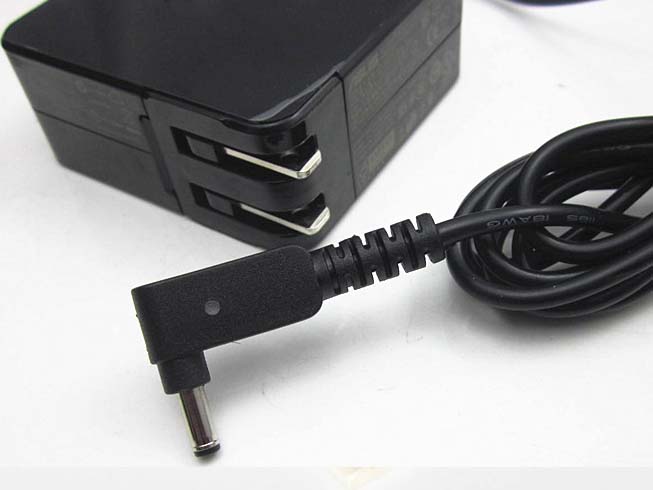
Product Details
Device Type: Power adapter – external
Power Capacity: 19V 3.42A 65W
Manufacturer Warranty: 1 year warranty
Fit Models: Notebook Adapter for ASUS X553 X553MA-XX074H X553MA-DB01 15.6inch Touchscreen charger
Adapter Part Numbers:
Plug Size: 4.0*1.35/10mm, ( Barrel, Center +)
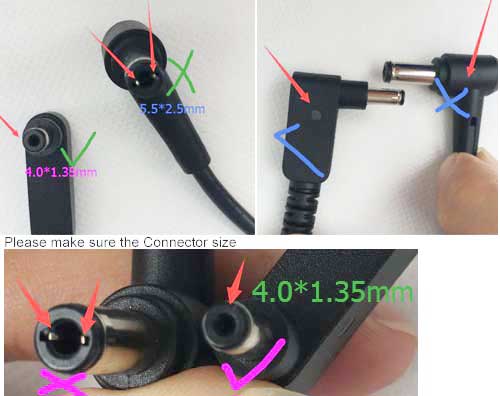
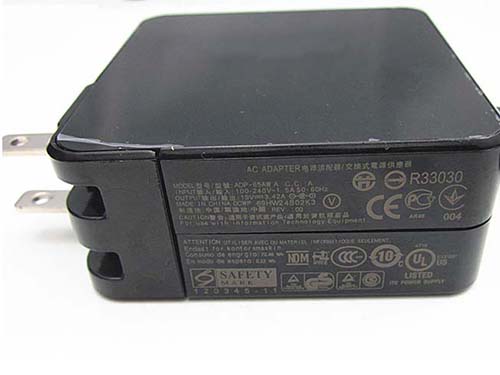
PA-1650-78,ADP-65JH DB,ADP-40TH A,EXA1206CH,0A001-00330100,90- XB3NN0PW00010Y
Warranty:We promise that the 65W Notebook Adapter sold in our website are 100% brand new .
1.100% new high quality 65W.
2.Provides excellent charger characteristics.
3.30-Day Money Back,1 Year Extended Warranty for 65W Replacement Notebook Adapter.
4.Quick delivery for every order.
JP:ASUS 65W
DE:ASUS 65W NOTEBOOK-Netzteil. Das richtige ASUS Laptop adapter finden.
RU:ASUS 65W
Warranty
This Power Charger will work like a charm with your ASUS 65W laptop. A free power cord is also attached for your convenience. We do proudly declare that this ASUS 65W AC adapter is high quality. Besides, our ASUS 65W AC adapter is brand new and backed by a 30-day money guarantee. Please purchase with full confidence. So if your original adapter is lost or broken, this would be your choice. 1 Year Warranty & Fast Shipping.
ASUS 65W adapter charger
How to select laptop adapter?
Make sure the volt and currect of adapter is same as your origial.
Carefully check the size of tip of adapter is correct.
Check and confirm with the photo of power adapter is that you are looking for.
Why buy laptop adapter from uk-online.co.uk?
We will be your one-stop shop for ASUS 65W AC Adapters. We make every effort to provide Replacement ASUS 65W Laptop AC Adapters and Power Supply Units for Notebook Computers. If you have lost or misplaced your ASUS 65W Laptop Charger, then look no further for a replacement.
At our store, we have an enormous selection of ASUS 65W Laptop AC/DC Adapters. You can be sure to find the ASUS 65W AC Adapter Kit you need at low cost, Quick response and support.
All of the ASUS 65W laptop chargers you will find at our store are brand new and guaranteed to meet or exceed original ASUS 65W AC Adapter specifications.
We ship to the Laptop adapter around Globe USA, Canada, UK, NZ and Ireland, Australia. View more laptop adapter. Contact with us if any problem on selecting power adapter.
These may be you want to look for :
ASUS X200CA-DB01T Power Adapter replacement for ASUS Transformer Book Flip TP300L TP300LA,VivoBook X200CA Notebook Adapter
Sony VGP-AC10V10 Power Adapter replacement for Sony Vaio Duo 13 Ultrabook 45W Notebook Adapter
Dell HP-A0301R3 Power Adapter replacement for Dell INSPIRON MINI 1012 1011 Aspire one Notebook Adapter
Microsoft 2.58A Power Adapter replacement for Microsoft Surface Pro 3 Tablet PC 1625 Power Supply Notebook Adapter
ASUS 19V Power Adapter replacement for ASUS X553M AC CHARGER 11.6inch K200MA X200MA-RCLT08 13.3inch UX303LA-DB51T Notebook Adapter
